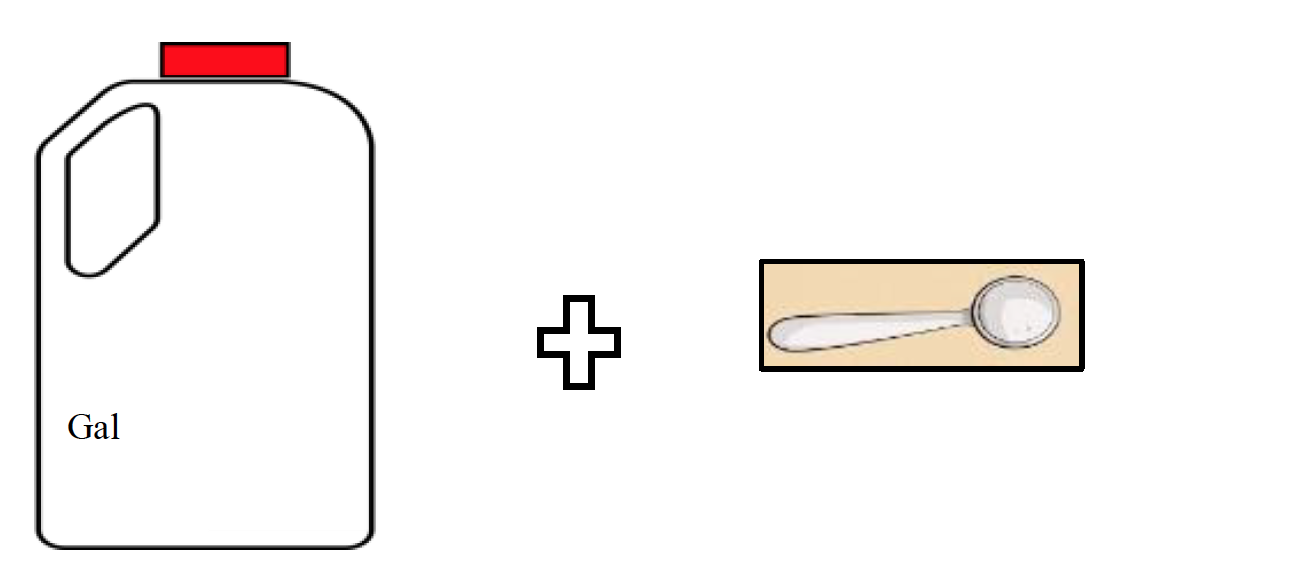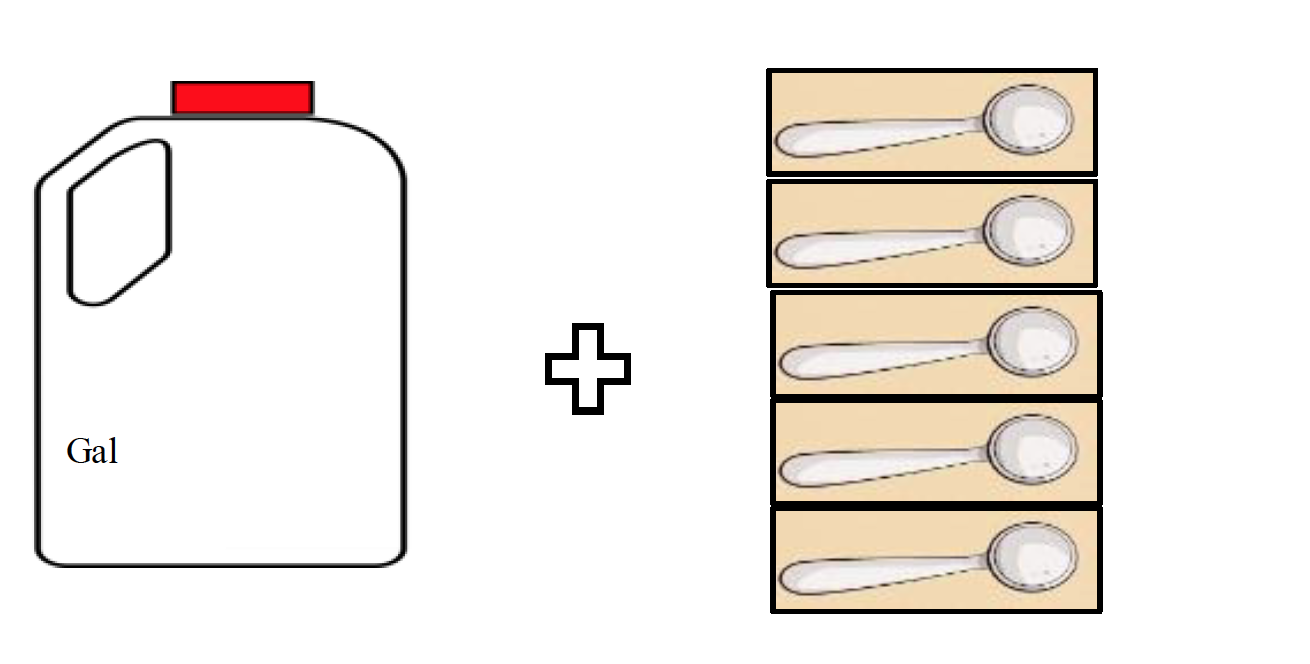Strategies to Control the Spread of COVID at Seafood Processing Plants: Cleaning and Disinfection
ID
FST-378NP
Cleaning and Disinfection
Seafood processors follow established sanitation protocols for daily cleaning and sanitation of work sites. In order to break the chain of disease transmission due to exposure to SARS-CoV-2, the virus that causes COVID-19, processors must increase the frequency of cleaning and disinfection of those commonly touched surfaces and shared spaces. Here are some strategies that companies and their employees can follow to mitigate the spread of the COVID virus.
Increase Staffing and Cleaning Frequency
- Conduct targeted and more frequent cleaning and disinfecting of high-touch areas and shared spaces such as:
- offices
- bathrooms
- lunch rooms
- tables
- doorknobs
- light switches
- countertops
- handles
- desks
- phones
- keyboards
- toilets
- faucets and sinks (and handles)
- tools used by multiple workers
- Clean and disinfect break areas between each group using the areas, as well as daily.
- Clean and disinfect locker rooms at the end of each shift.
- Provide disposable disinfectant wipes or other appropriate disinfectant supplies, and required PPE to use these safely, so that commonly touched surfaces can be wiped down, as needed.
- If a worker becomes ill at work, pay special attention to cleaning and disinfecting the areas where that person was working.
- Ensure ventilation systems operate properly and provide acceptable indoor air quality.

What is the Difference Between Cleaning, Sanitizing and Disinfecting?
Cleaning removes germs and dirt.
Sanitizing lowers the number of germs.
Disinfecting kills germs.
Clean surface first with soap and water before sanitizing or disinfecting.
Use a disinfectant mixed at the proper concentration and follow contact time. Most common EPA-registered household disinfectants will work. All products on this list meet EPA’s criteria for use against SARS-CoV-2.
Follow label instructions on proper mixing and contact time. Look on the label for an EPA registration number on the back panel.
How to prepare a solution using bleach and water
A solution can be made with unscented, liquid chlorine bleach and water to make a sanitizing or disinfecting solution to use for food contact surfaces.
Once applied, the surface should remain wet the whole time to ensure the product is effective.
To make a sanitizing solution using bleach: Mix 1 tablespoon of bleach per 1 gallon of water.

To make a disinfecting solution using bleach: Mix 5 tablespoons (1/3rd cup) bleach per 1 gallon of water

Additional Resources
CDC 2020. Interim Guidance for Businesses and Employers Responding to Coronavirus Disease 2019 (COVID-19). https://www.cdc.gov/coronavirus/2019-ncov/community/guidance-business-response.html
CDC 2020. Protecting Seafood Processing Workers from COVID-19. Interim Guidance from CDC and he Occupational Safety and Health Administration (OSHA). Developed in consultation with the Food and Drug Administration (FDA). https://www.cdc.gov/coronavirus/2019-ncov/community/guidance-seafood-processing.html
CDC. 2019. Agriculture Workers and Employers Interim Guidance from CDC and the U.S. Department of Labor https://www.cdc.gov/coronavirus/2019-ncov/community/guidance-agricultural-workers.html#cleaning
Virginia Cooperative Extension materials are available for public use, reprint, or citation without further permission, provided the use includes credit to the author and to Virginia Cooperative Extension, Virginia Tech, and Virginia State University.
Virginia Cooperative Extension is a partnership of Virginia Tech, Virginia State University, the U.S. Department of Agriculture (USDA), and local governments, and is an equal opportunity employer. For the full non-discrimination statement, please visit ext.vt.edu/accessibility.
Publication Date
July 21, 2020



